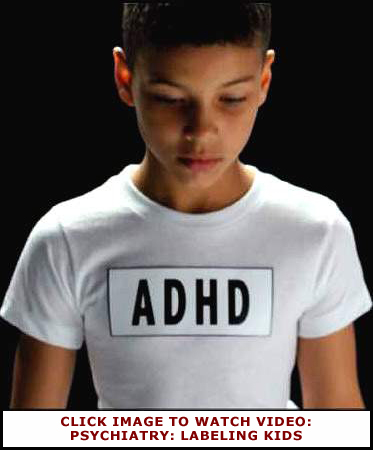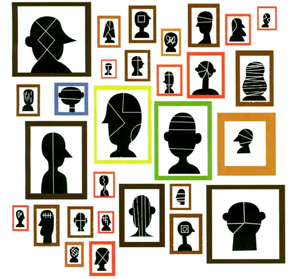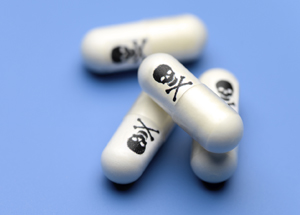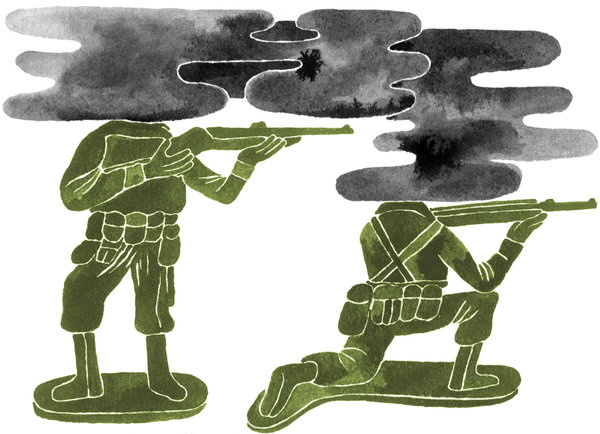
The Psycho-Therapeutic School System: Pathologizing Childhood
According to a recent report by the Centers for Disease Control, a staggering 6.4 million American children between the ages of 4 and 17 have been diagnosed with attention deficit hyperactivity disorder (ADHD), whose key symptoms are inattention, hyperactivity, and impulsivity—characteristics that most would consider typically childish behavior. High school boys, an age group particularly prone to childish antics and drifting attention spans, are particularly prone to being labeled as ADHD, with one out of every five high school boys diagnosed with the disorder.






SHARE YOUR STORY/COMMENT: